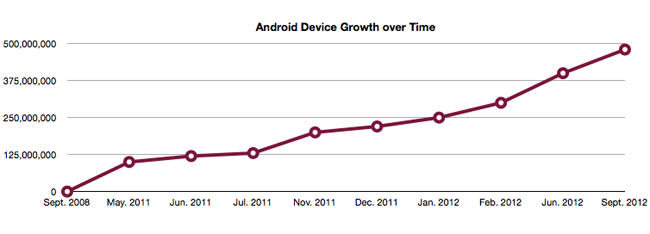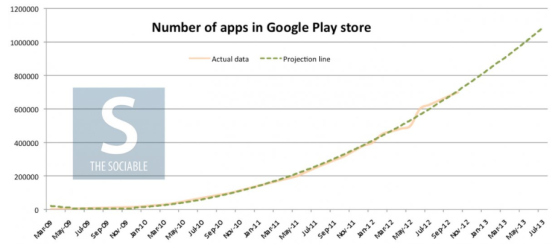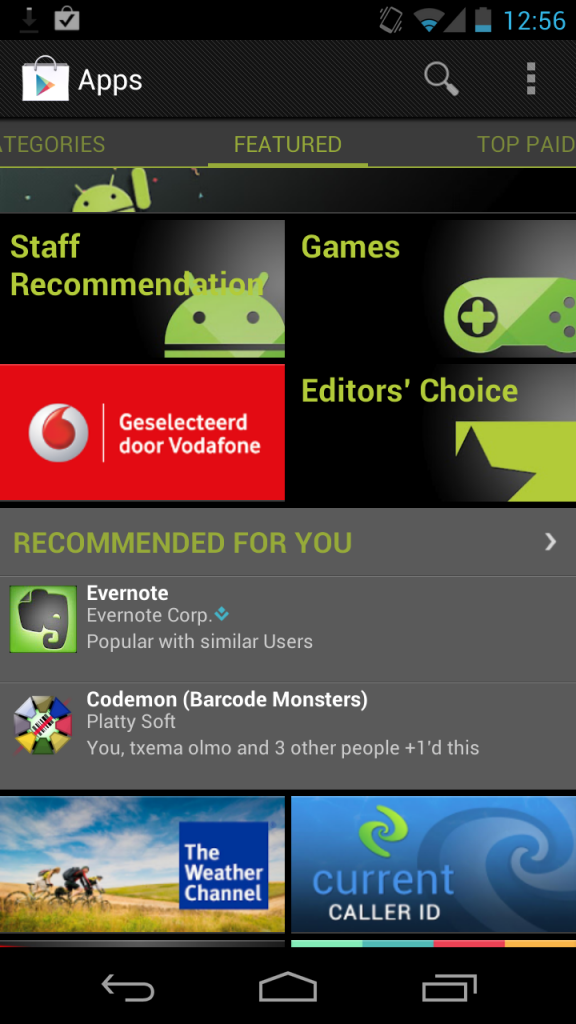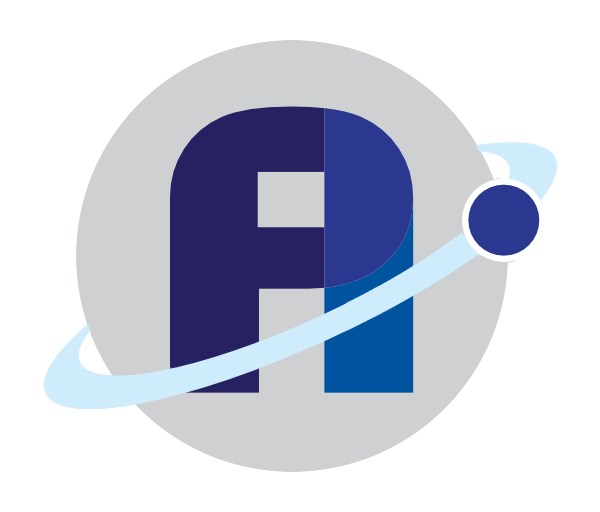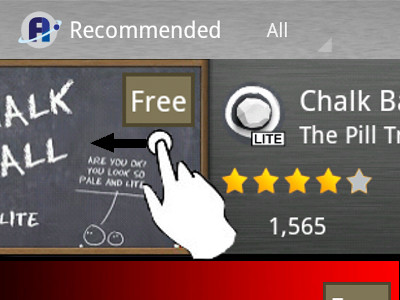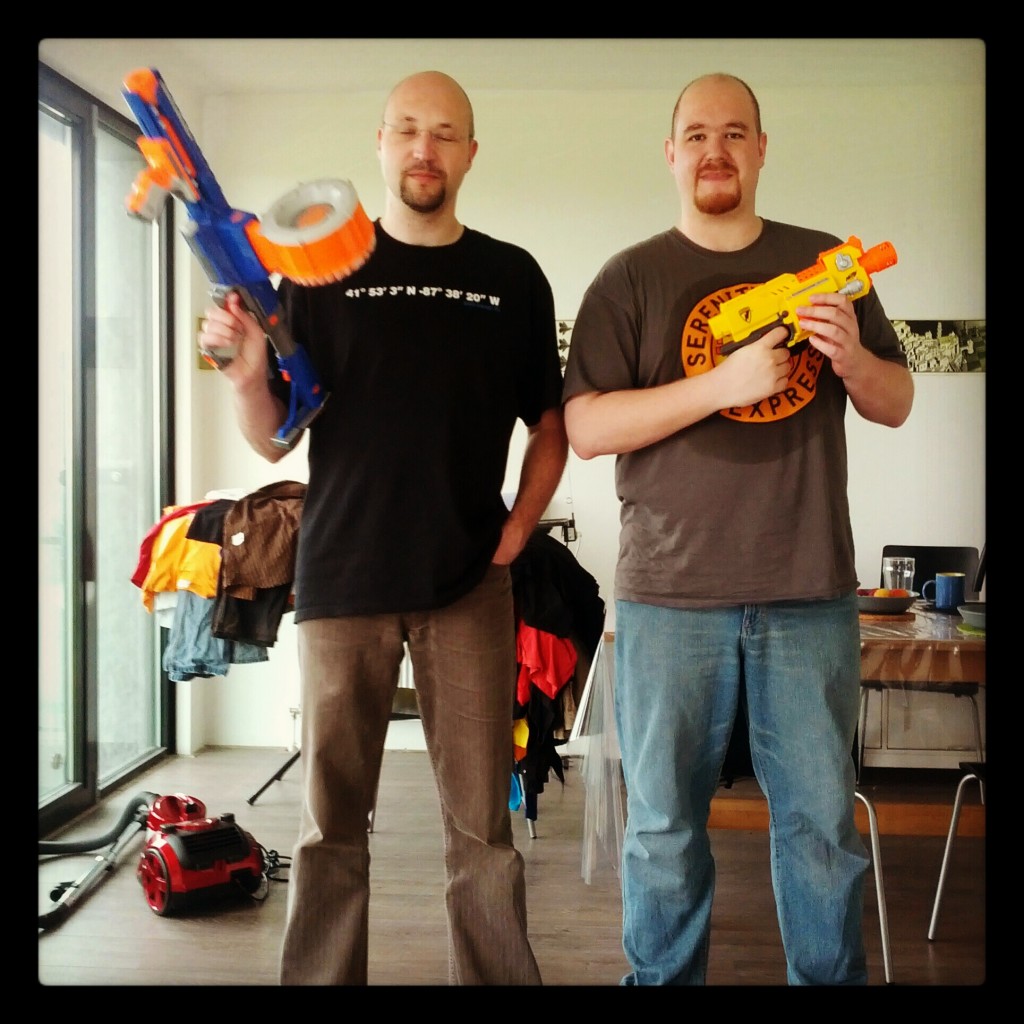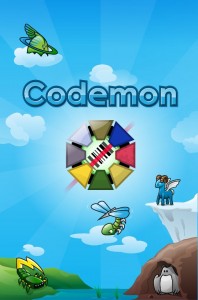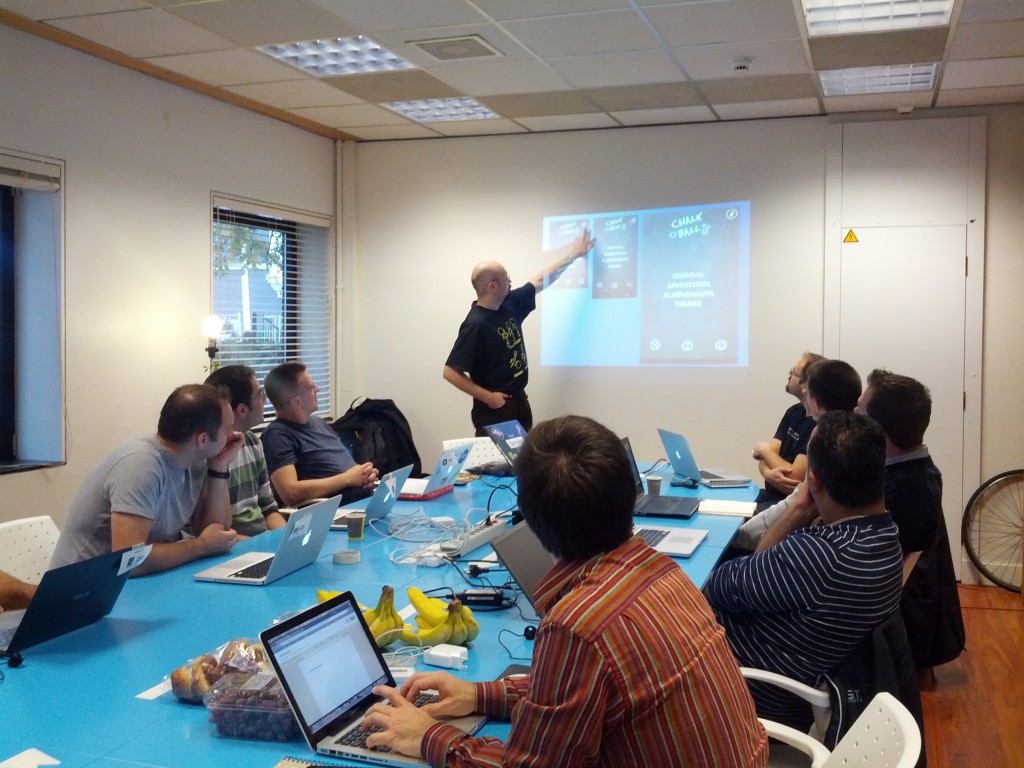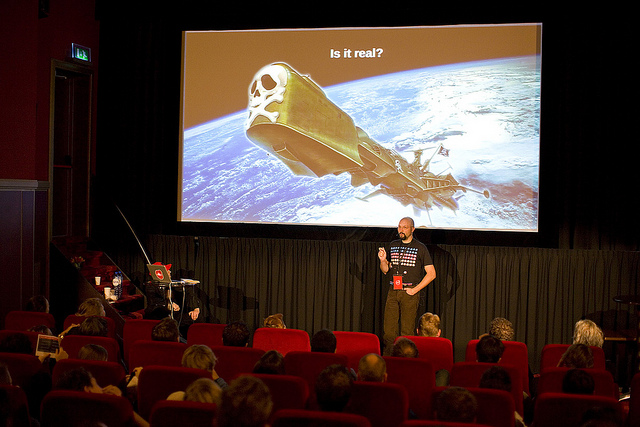We are living interesting times for gaming. Everything is changing very fast. Social games, Free-2-Play and mobile are relatively new topics but they are all growing like crazy.
The new generation of the established consoles look like more of the same. But there are promising new gaming consoles, which are Android based. We have OUYA and GameStick as small projects that have been kickstarted, but also Project Shield from NVidia and the Gamepad from Archos. Special mention to the XPeria Play for opening the path.
I do believe that Android has a lot to say in the future of gaming. I want to highlight two aspects of it, each one with 2 sides.
Gamepads: Same old paradigm hinders innovation
This is something that worries me. When I started making games for phones I wanted to make use of their special capabilities. They have lots of sensors (the controls of SpaceCat), a touchscreen (Chalk Ball is not playable with a mouse), a camera (main element for Codemon) and that are just the ones I have already used in some game.
Smartphones have lots of possibilities for new game interaction mechanics, but if we make Android consoles and put them on the living room we are coming back to the same old paradigm and, to my personal taste, that is a step backwards.
Gamepads: Old paradigm is good
On the other hand, plenty of companies have been porting games designed to be played with a gamepad to Android with the result of horrendous on-screen pads. All those games are suddenly nice to play on this new Android consoles.
The paradigm of playing with a pad is deeply entwined with many game mechanics and designs. These games are even full genres and they are big and well known. The Android phones with pads are in fact solving a need that is already there.
Indie Studios: Lower entry barrier than ever
It is very cheap to get started on Android. The SDK is free, publishing a game requires no intermediates and the fee to publish on Google Play is merely symbolic. The entry barrier can not be lower.
This is great news for all the indie developers that want to try out something. Which is what I always loved of Android. No need of publishers or arrangements with distributors. Just you and the players.
Indie Studios: Difficult to succeed
Making money with games for Android is hard. Very hard. If Android becomes a mainstream gaming platform, the big studios are going to step in, making it even harder.
The platform lacks a proper discovery channel, and even thou there are millions of potential users, only a few are really interested on games.
Yes, there are companies that make shitloads of money, but there are very few. The success ratio is lower than in other areas and there is a situation when winner takes all, everyone will play the most well known games and forget about the rest.
But…
There is an important remark to do: The people that buy these devices are gamers, and they are buying an Android device to play games with.
This is a difference much bigger than what it looks like, because this public will consume more games, more often than your usual smartphone user (maybe not more than an average tablet user, but anyway)
There will be specialized channels, blogs, etc about games for Android and that may help new tittles to be discovered and maybe create a healthier ecosystem for indie companies.

